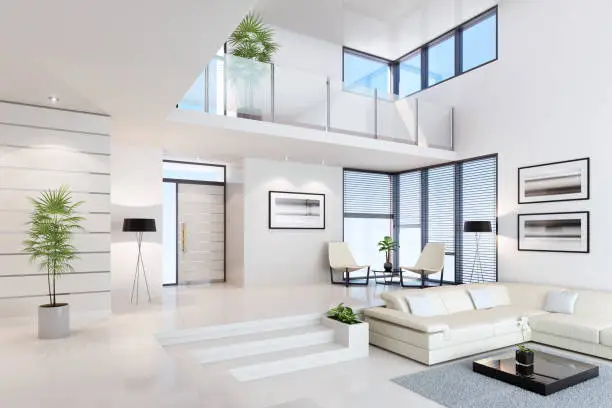In today’s modern homes, the entertainment center wall unit has evolved from a mere television stand to a cornerstone of living room design, blending style, functionality, and technology. These units serve as central hubs for various multimedia devices, accommodating everything from large flat-screen televisions to gaming consoles, sound systems, and personal collections of books and media. With the rising popularity of home entertainment, understanding the intricacies and advantages of choosing the right entertainment center wall unit can significantly enhance your space and experience.
Harmonizing Form and Function
At the heart of any effective entertainment wall unit is its ability to harmonize form and function. Today, these units are designed to fit various aesthetic preferences and spatial constraints, making them an appealing option for homeowners with diverse styles. From sleek, modern lines to traditional, ornate designs, the variety is extensive. Many entertainment centers are crafted from high-quality materials such as solid wood, engineered wood, and metal, providing not only an appealing look but also durability. The versatility doesn’t stop at the material; many wall units come with various adaptable features, including adjustable shelves, built-in LED lights, and cable management systems to help declutter the sometimes chaotic look of wires and cords that accompany our devices.
Space Optimization
One of the key components when selecting an entertainment wall unit is space optimization. Modern homes often have varying layouts, with some having limited floor space. Therefore, the ability of a wall unit to maximize vertical space while minimizing floor footprint can prove invaluable. Many wall units are designed to fit snugly against walls, providing a built-in appearance that seamlessly integrates into the room. This not only saves space, but it also allows for additional areas for decorative items, such as photos, plants, or books, aiding in the personalization of the overall environment. Choosing a wall unit with multi-functional capabilities can also add extra value; for instance, some designs incorporate hidden cabinets, drawers, or even foldaway desks, which enhance usability without compromising style.
Technological Advancements
Moreover, the technological advancements of the past few years have influenced the design and functionality of entertainment centers. Many wall units now accommodate the latest tech gadgets, including soundbars, gaming consoles, and even virtual reality equipment. Some come equipped with special compartments designed to store devices and accessories, while others feature integrated cable management systems that keep cords out of sight, providing a clean and organized look. Advances in design have also led to the inclusion of smart technologies, where wall units support connectivity for streaming devices, wireless speakers, and other smart home equipment, simplifying the integration of technology into everyday life.
Aesthetic Appeal
In addition to being functional, entertainment centers wall units are undeniably focal points in the living room. A well-chosen wall unit can elevate the entire ambiance of the room. Homeowners can choose finishes and colors that complement not just their televisions but their overall decor scheme. For instance, a bold black unit can offer a sleek and modern contrast to lighter walls, while a rustic wood finish can evoke warmth and coziness. Wall units can even be customized with unique features such as built-in electric fireplaces or display cases for collectibles and memorabilia, turning a practical piece of furniture into a statement piece that encapsulates the homeowner’s personality.
Size and Layout Considerations
An important consideration when selecting an entertainment center is the size and layout of the room. It’s essential to measure the wall space accurately and account for the height of your television as well as the equipment that will be housed within the unit. A well-proportioned unit will create balance within the space, avoiding an overwhelming appearance that can lead to a cluttered feel. Additionally, consider how the design of the wall unit interacts with the rest of the furniture in the room. For instance, if your living room is filled with mid-century modern pieces, a sleek, minimalist wall unit will complement that aesthetic beautifully, while a contemporary rustic design may clash.
Personal Preferences and Lifestyle
Lastly, it’s beneficial to think about your personal preferences and how frequently you will be using the entertainment wall unit. If you’re an avid gamer or enjoy hosting movie nights with friends and family, investing in a larger unit with ample storage and robust media capabilities will enhance your experience. Conversely, if your usage is minimal, a simpler, more compact wall unit may suffice. It’s all about understanding your lifestyle and how the entertainment unit will serve your needs.
Conclusion
In conclusion, entertainment centers wall units represent a merging of style and functionality that caters to the needs of modern living. They not only provide a convenient space for tech devices but also contribute significantly to the aesthetic of a room. By carefully considering the various elements and features, you can create an inviting and organized environment that enhances your home entertainment experience. As technology continues to evolve, one can only anticipate that these wall units will become even more versatile and integral to our homes, serving not just as furniture, but as a reflection of our lifestyles and personal tastes.

